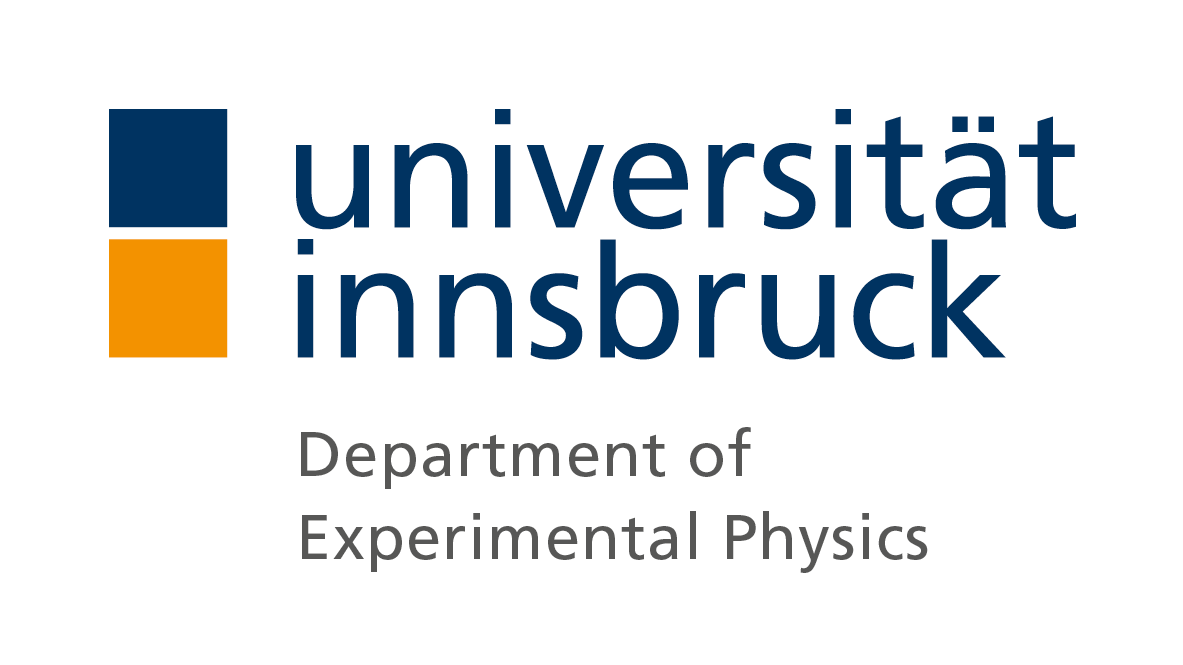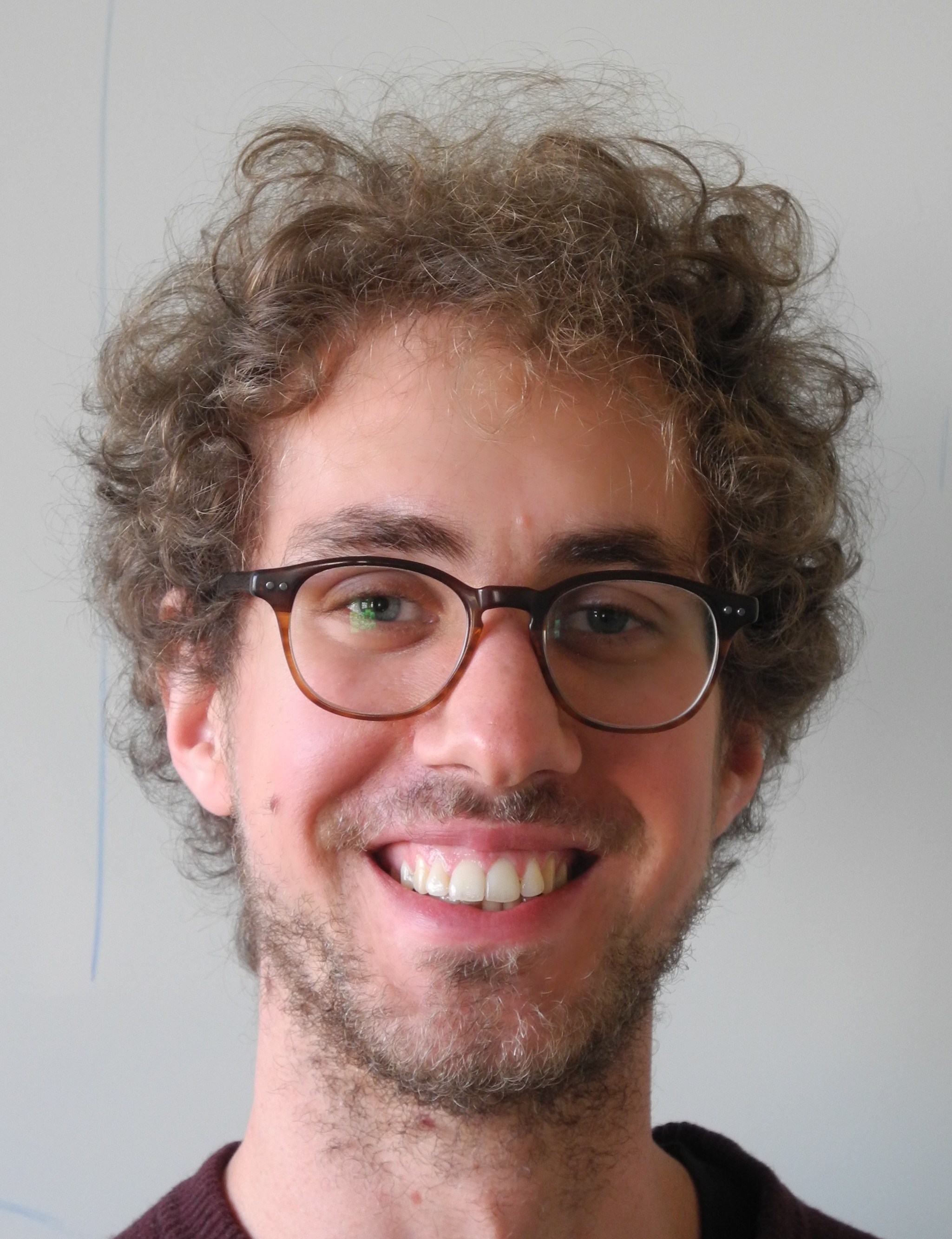
- Details
Lorenzo has joined the new Nanospheres + Ions group of Tracy E. Northup as an external master student. He did his undergraduate studies at the Università di Pisa and in his master project he will work on co-trapping an ion and a nanosphere in the same trap.

- Details
Gerald Stocker has started the work on his master thesis in the group. In a collaboration with Infineon Villach, his project will focus on surface trap fabrication. In the group, he is part of the Cryo Trap and 2D Arrays team.
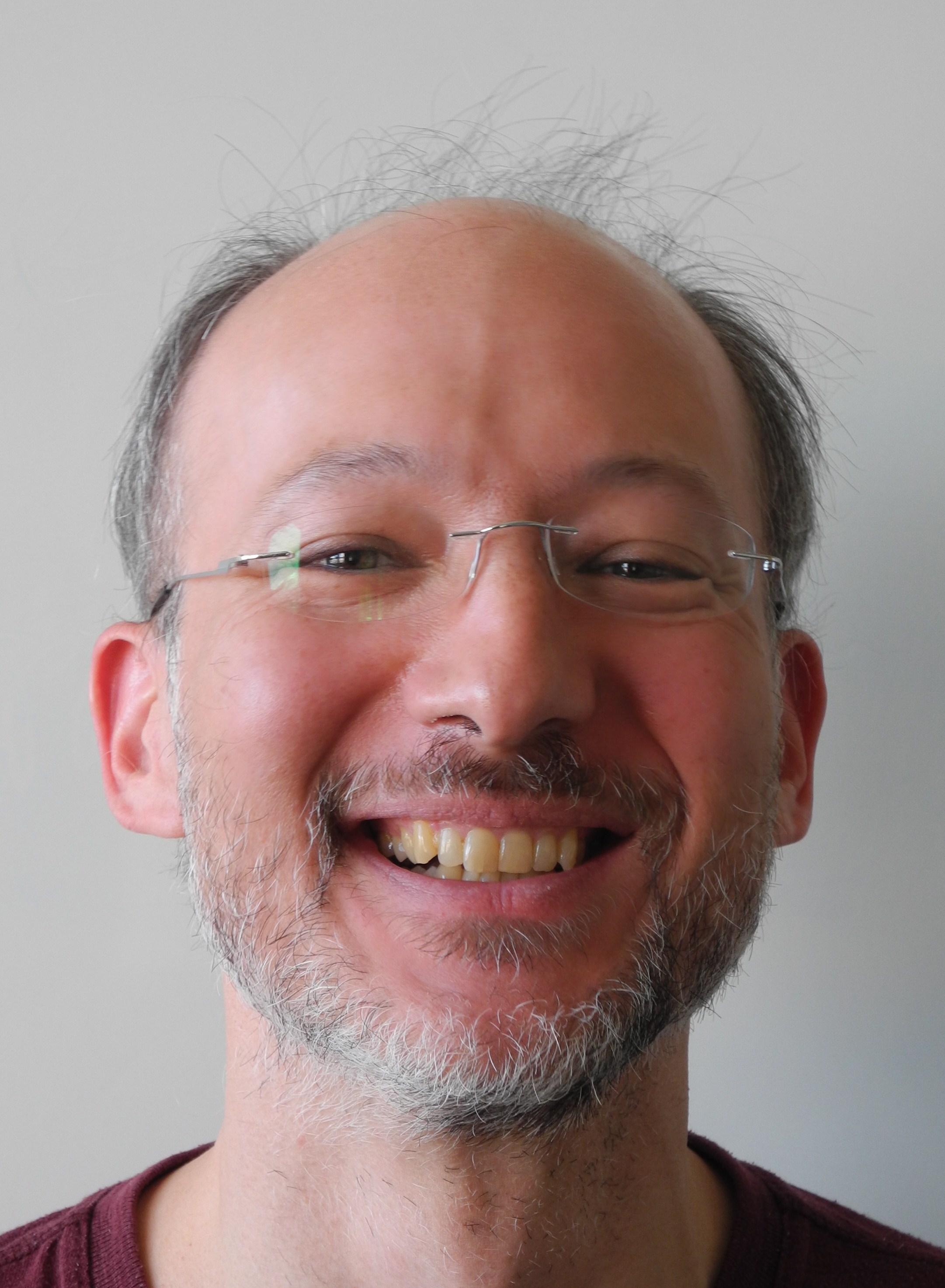
- Details
Tetsu Takekoshi has joined the group as a PostDoc.
Tetsu has done his PhD at the University of Southern California on quasi-electrostatic trapping of neutral atoms. His most recent position was a PostDoc in the cold atoms group of our institute. He will now work in the eQual team on scalable quantum information processing.
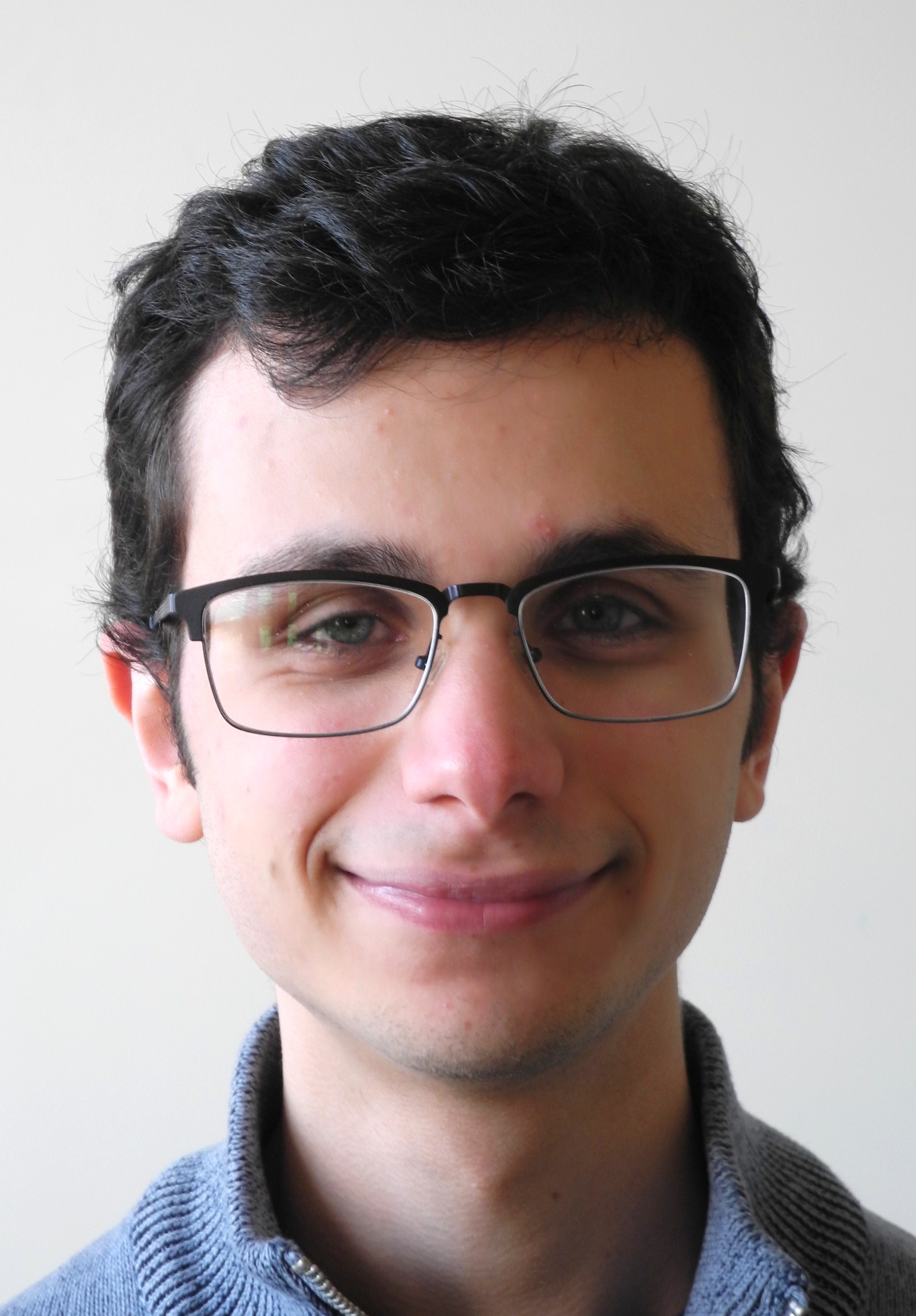
- Details
Reouven Assouly has joined the group as trainee. Reouven is studying physics at the ENS in Paris and will be staying with us for five months. He will be working on the 2D-arrays project in our group with Philip Holz.
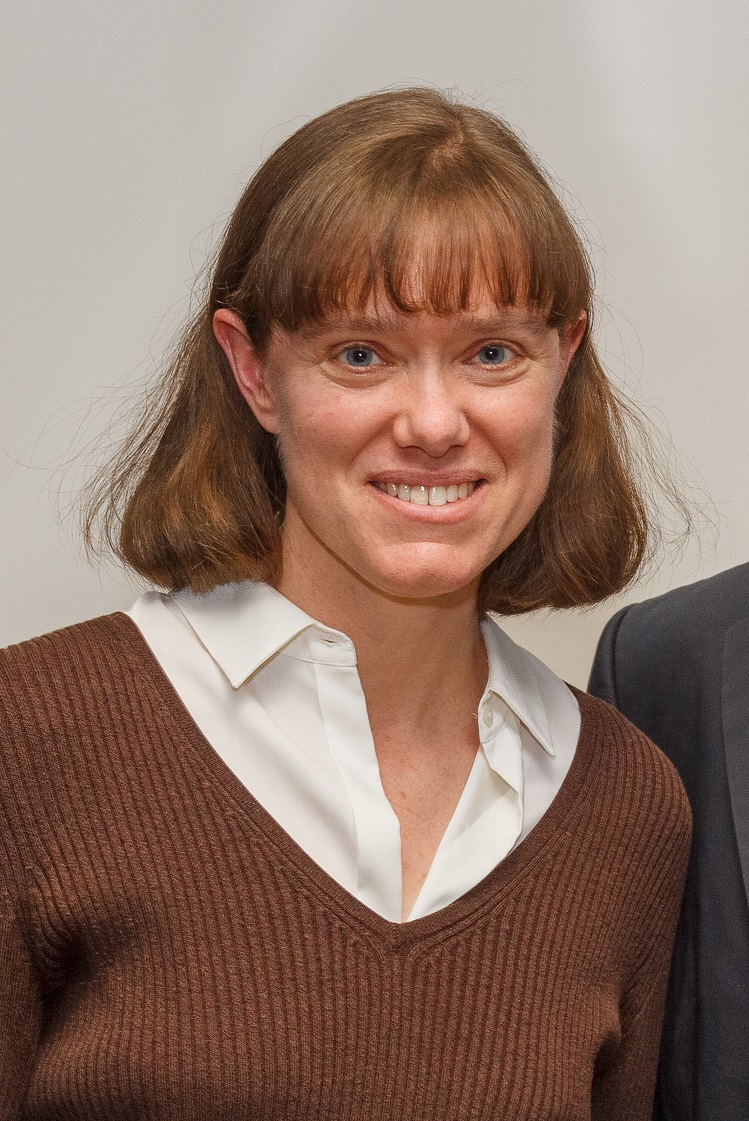
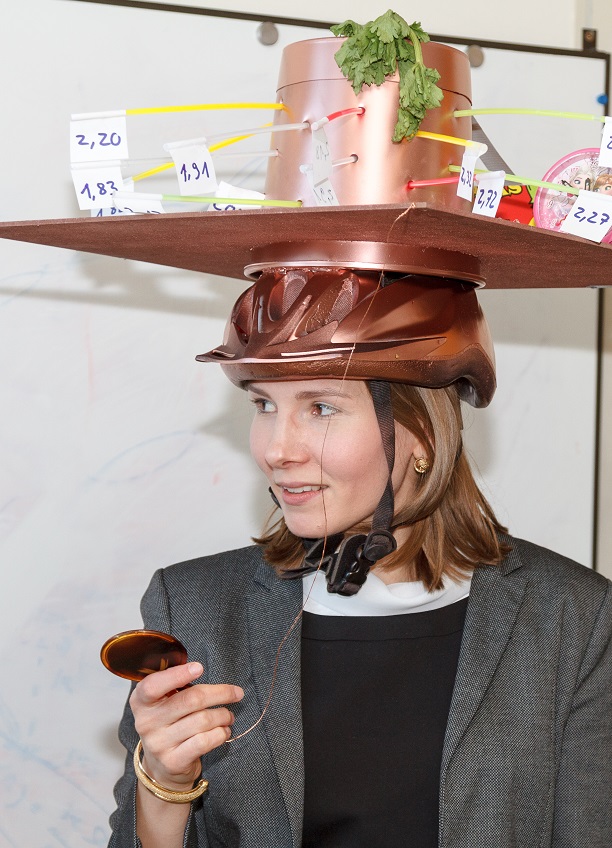
- Details
Congratulations, Regina!
Thesis title: “Multimode cooling techniques for trapped ions”
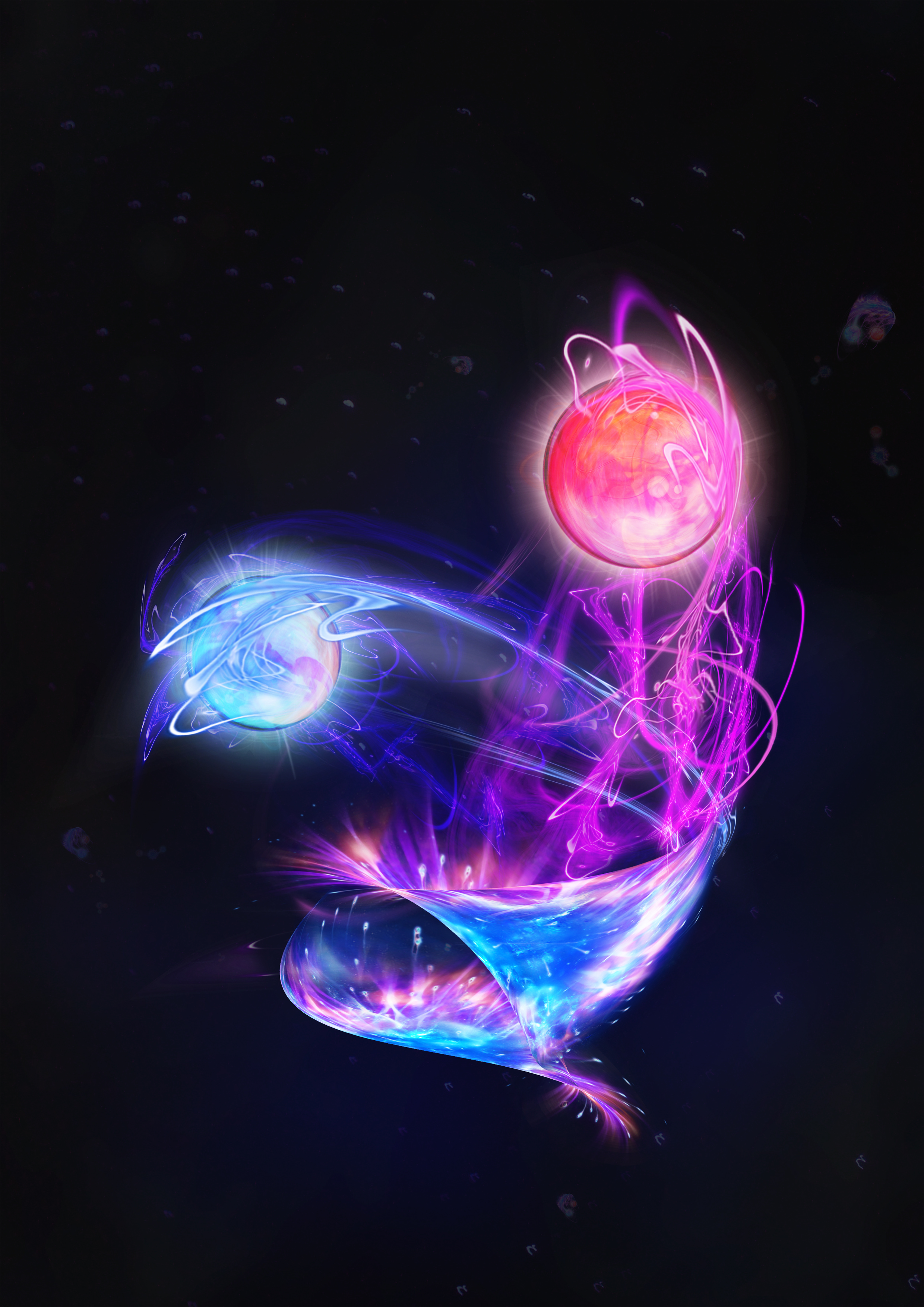
- Details
The simulation of real-time dynamics of lattice gauge theories has been named as one of the top ten pyhsics breakthroughs of the year by IOP physics world. Congratulations! (Source, Article)
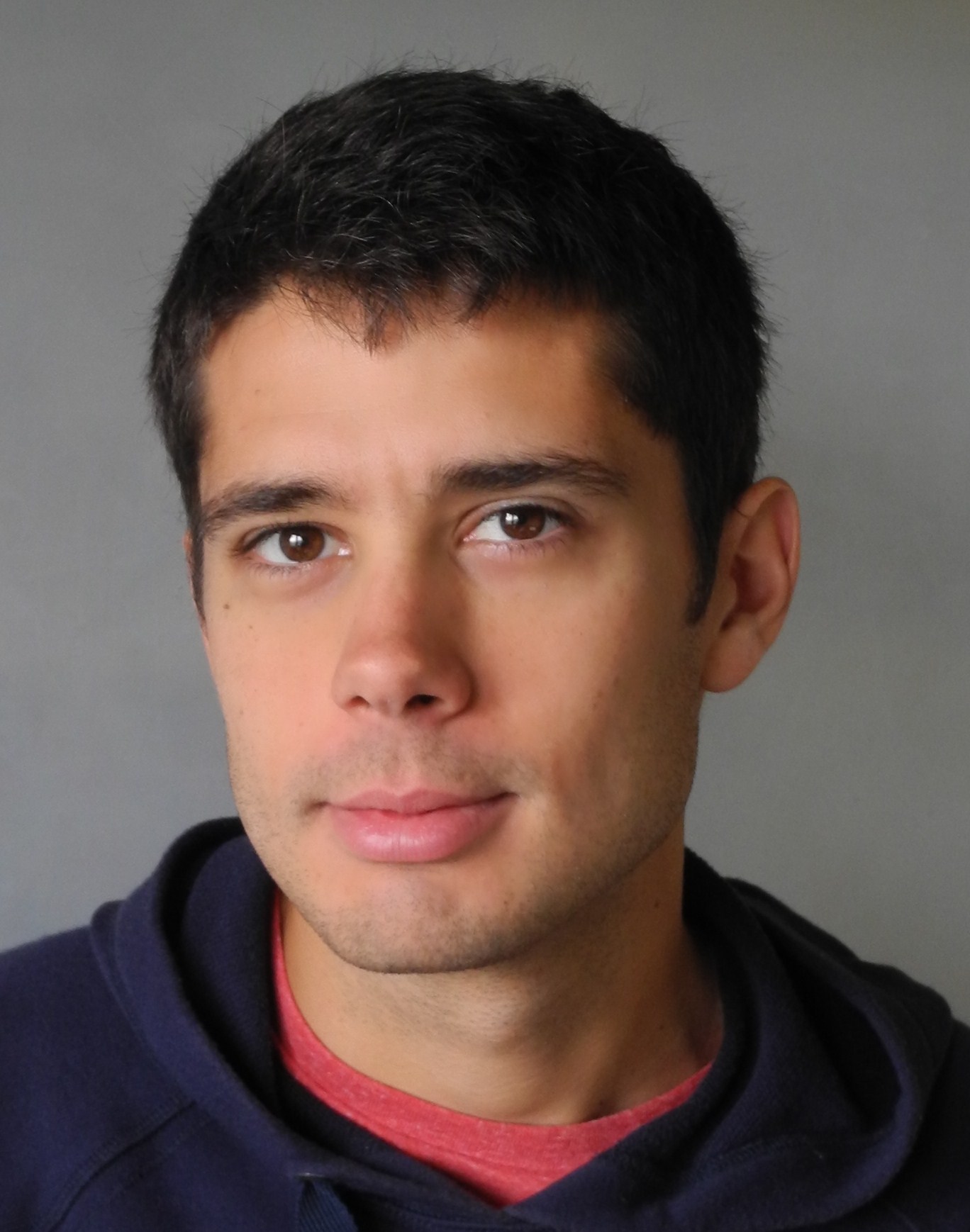
- Details
Pierre Jobez has joined the CQED team as a postdoc. Pierre did his PhD at the Université de Genève in Nicolas Gisin's group. His topic was the development of a solid-state quantum memory with millisecond storage time and high efficiency. In our group, he will be working as a postdoc on the fiber cavity project.
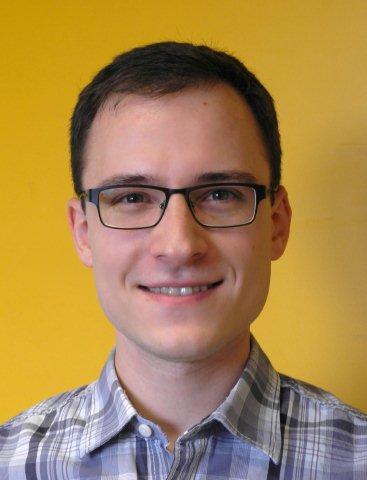
- Details
Florian Kranzl has joined the Cavity QED team as a master student. He has studied physics in Innsbruck and will now work on the Fibercavity project. He will improve the annealing of fibre-based cavities as well as their characterization.
